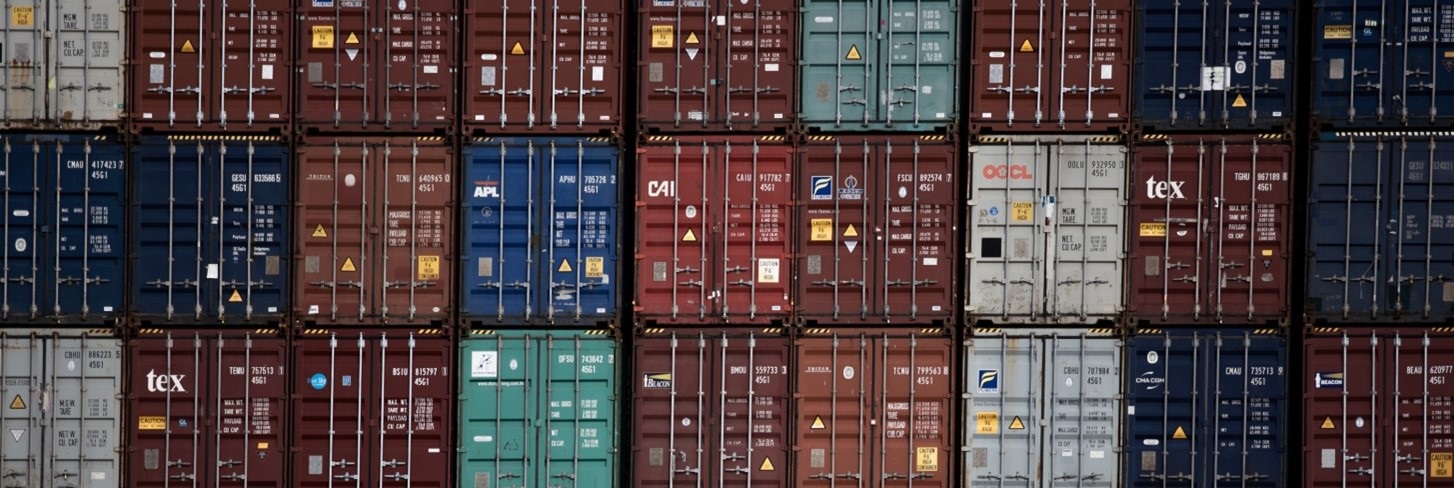
What’s going where?
Jurisdiction: Australia
Help transport planners find the detailed locations that different types of freight are coming from and going to
Help transport planners in government and industry understand the real locations of manufacturing, freight and logistics businesses, and how this relates to truck movements. Business registers often contain the address of headquarters, rather than locations of warehouses and distribution centres that are important for freight planning.
Can we mash up information about where our truck telematics pilot participants are travelling and stopping, with other information like land use and zoning, rest stops, congestion, or traffic counts to better understand where are the important locations are for freight around our cities, and how much they are impacted by bottlenecks, unpredictable travel times or other issues? Is there land around our cities that has been overlooked for potential new freight distribution activities?
About the Data:
Every Australian, everywhere, every day, relies on freight.
The National Freight Data Hub (NFDH) is a new way for industry and governments to share and use freight data. The Hub will provide open access to government data, help industry share data together, and collectively answer the big questions about Australia's freight performance and how we can improve it.
Freight operators, producers and customers will benefit from the increased data sharing generated from the Hub, helping everyone understand better how and where freight is being moved, where the delays are and where the opportunities are to become more globally competitive.
The prototype National Freight Data Hub website was launched in May 2021 to demonstrate the value of improved access to freight data. An enduring website is under development and will extend the prototype further.
We consulted across industry, governments, researchers and other stakeholders to understand the enduring questions about Australian freight:
- What freight is being moved to, from and around Australia?
- Where is freight being moved?
- How is freight being moved?
- How can we enhance supply chain visibility?
- What and where are the physical and regulatory bottlenecks and barriers for the efficient and safe movement of freight?
- What proportion of traffic is freight?
- How well are Australia's freight transport networks performing?
- How do the costs of Australia's supply chains compare with international competitors?
- How much of the freight fleet is running with spare capacity and what are the opportunities to increase efficiency of back loading?
- What and where are the opportunities for freight movements to be more efficient and safer?
Additional Information:
Relevant links:
See https://datahub.freightaustralia.gov.au/about/ for more about us. We have developed a series of interactive prototype visualisations to begin exploring how existing freight data could be applied to some of our enduring questions. You can explore these existing interactive insights at https://datahub.freightaustralia.gov.au/insights/. For GovHack you could make new ones, or suggest improvements to existing ones.
The National Freight Data Hub prototype catalogue has a curated selection of over 200 freight data sets: https://data.datahub.freightaustralia.gov.au/. For GovHack 2022 we’d like to draw your attention to these new and extensive entries:
• Truck Telematics data - https://data.datahub.freightaustralia.gov.au/dataset/bitre-truck-telematics
• ABS data for International Merchandise Trade - https://data.datahub.freightaustralia.gov.au/dataset/abs-data-for-international-merchandise-trade
• Road Asset Register - https://data.datahub.freightaustralia.gov.au/dataset/asset-registers
• Roadworks - https://data.datahub.freightaustralia.gov.au/dataset/harmonised-national-roadworks
• Rest Stops - https://data.datahub.freightaustralia.gov.au/dataset/heavy-vehicle-rest-areas
Image credit: Department of Infrastructure, Transport, Regional Development, Communications and the Arts.
Eligibility: Must use at least one dataset from the National Freight Data Hub.
Entry: Challenge entry is available to all teams in Australia.
Dataset Highlight
Heavy Vehicle Rest Areas - National Freight Data Hub
Harmonised National Roadworks - National Freight Data Hub
Road Asset Register - National Freight Data Hub
ABS data for International Merchandise Trade - National Freight Data Hub
Truck Telematics data - National Freight Data Hub
